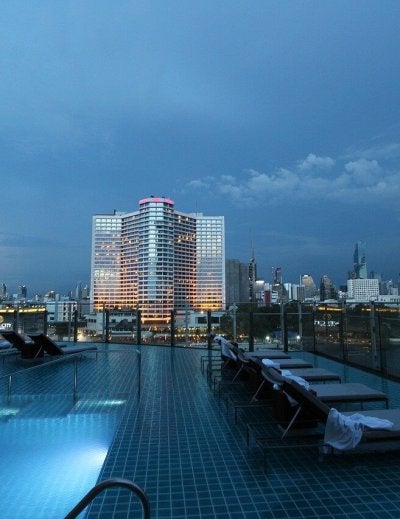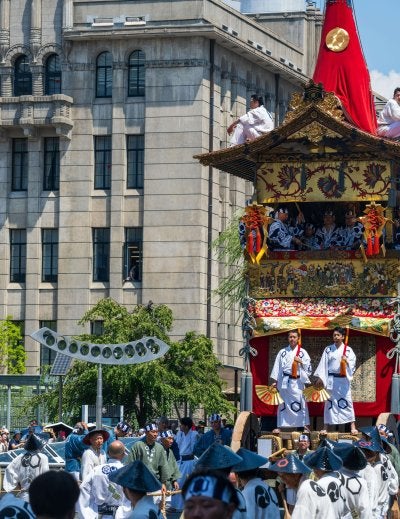
Kishiwada Danjiri Matsuri 2025 Osaka: A Thrilling Spectacle of Strength and Tradition
The Kishiwada Danjiri Matsuri is an annual festival held in Kishiwada City, Osaka Prefecture, Japan. Famous for its high-speed, dynamic processions of massive wooden floats, it is a powerful demonstration of community spirit and centuries-old tradition.
Festival Dates and Schedule
In 2025, the Kishiwada Danjiri Matsuri is scheduled for two main periods, with the September festival being the more prominent:
Main Festival (September):
- September 13 (Saturday): Yoimiya – The festival begins with initial runs and preparations, from 6:00 AM to 10:00 PM.
- September 14 (Sunday): Honmiya – The main day of the festival, featuring intensive danjiri pulling, from 9:00 AM to 10:00 PM.
October Danjiri Festival:
A smaller, lesser-known Danjiri Festival is also held in October. Some sources indicate October 11-12, 2025. Other sources list Sunday, October 6th, Saturday, October 12th, and Sunday, October 13th, 2025. The Main Shrine Parade for the October festival is on Sunday, October 12th, from 7:00 AM to 10:00 PM.
The main difference between the September and October festivals is the participating districts.
Rehearsals (Shikenbiki):
Scheduled for Sunday, September 7th, and Friday, September 12th, offering a chance to see the danjiri runs with fewer crowds.
Historical Roots and Significance
With a history spanning over 300 years, the Kishiwada Danjiri Matsuri is believed to have originated in 1703. Its origin is attributed to Lord Okabe Nagayasu of Kishiwada Castle, who initiated an Inari Matsuri (festival) to pray for an abundant harvest. Another theory suggests it emerged from local townspeople’s celebrations at Kishiki-jinja Shrine to ward off illness. The festival remains deeply ingrained in the local community, symbolizing its agricultural heritage and communal pride.
The Danjiri Floats: Artistic Masterpieces on Wheels
The festival’s stars are the “danjiri,” large, heavy-wheeled carts resembling miniature temples.
- Intricate Carvings: These floats are elaborately carved from zelkova wood, featuring detailed figures of humans, flowers, and sacred animals. Unlike many other festival floats, Kishiwada’s danjiri typically do not feature traditional lacquer or gold overlay, emphasizing the natural wood grain.
- Size and Weight: Each danjiri can weigh around four tons (some sources state over 3 tons, between 3 and 4 tons, or up to 5 tons) and stand around four meters tall.
- Community Effort: The main September festival features 34 or 35 danjiri, each representing a different neighborhood. The October festival involves 47 danjiri. In total, Kishiwada City collectively possesses 81 large wooden carts.
The “Yari-mawashi”: A Thrilling Highlight
The most impressive and perilous aspect of the festival is the “yari-mawashi.”
- High-Speed Turns: Teams of 400 to 1,000 men pull the four-ton danjiri floats at high speeds, executing sharp, perpendicular 90-degree turns without slowing down. They use long ropes measuring 100-200 meters.
- Skill and Teamwork: This maneuver requires immense strength, coordination, precise timing, and unified teamwork, as the floats sometimes tilt precariously on two wheels.
- Intense Atmosphere: The turns are accompanied by traditional music featuring taiko drums, gongs, and flutes, along with enthusiastic festival chants.
- Safety Concerns: Due to the high speeds and tight turns, the yari-mawashi is considered one of Japan’s most dangerous festival highlights, with a risk of accidents including rollovers and crashes into buildings. Injuries are common, and at least 40 men have died in the festival since 1898. Spectators are advised to be mindful and watch from a safe distance.
Daytime vs. Nighttime Atmosphere
The festival offers two distinct atmospheres:
- Daytime: Characterized by aggressive, high-speed pulling and the adrenaline-pumping yari-mawashi. Popular viewing spots include Kan Kanba and the intersection near Kishiwada Station, especially between 8:00 AM and 11:00 AM and from 4:00 PM to 6:00 PM, which are typically peak crowd times.
- Nighttime (“Yakan-eiko” / “Hi-ire Eikou”): The danjiri are adorned with approximately 200 paper lanterns (traditionally “chochin” red lanterns, now often plastic with electric bulbs), creating a magical and more relaxed ambiance, usually from 7:00 PM to 10:00 PM. The floats are pulled at a slower, walking pace by both adults and children.
The “Daikugata”: The Daring Carpenter
Perched atop each danjiri float is the “daikugata,” or master carpenter. These individuals perform daring dances, including the famous “Hikokinori” (Airplane Dance), showcasing extraordinary balance and bravery while the float is in motion. This is a highly privileged and dangerous role requiring exceptional skill.
Location and Accessibility
The festival takes place throughout the streets of Kishiwada, particularly around Kishiwada Castle and near Kishiwada Station and Haruki Station on the Nankai Main Line.
- From Osaka: Approximately 26-30 minutes by Nankai Electric Railway express train from Namba Station to Kishiwada Station, or approximately 45 minutes from JR Osaka Station (transfer at Shin-Imamiya).
- From Kansai International Airport (KIX): Approximately 16-40 minutes to Kishiwada Station (via direct Airport Express or transfer at Izumisano). Takojizo Station (a 5-minute walk to Kishiwada Castle) is also accessible.
Nearby Attractions
For those visiting the festival, nearby attractions include:
- Kishiwada Castle: Historically linked to the festival’s origins, it features a rebuilt three-story keep, reconstructed in 1954 after the original five-story keep was destroyed by lightning in 1827. It also houses the “Hachijin Garden,” a notable Japanese stone garden designed by Mirei Shigemori, completed in 1953, and designated as a National Place of Scenic Beauty.
- Kishiwada Danjiri Kaikan (Museum): Located near Kishiwada Castle, this museum offers immersive experiences. While an older source mentioned temporary closure in July 2021, the museum reopened in March 2024 with renovations. Features include year-round displays of danjiri, festival footage, an immersive three-sided theater video simulating a sharp turn, and a virtual reality (VR) attraction where visitors can experience driving a danjiri. Visitors can even climb onto a replica danjiri roof to experience being a “daikugata.”
- Kishiwada Shotengai: The Ekimae-dori Shotengai is a traditional covered shopping arcade located directly in front of Nankai Kishiwada Station. It sells various danjiri-related goods year-round, such as festival props, danjiri-shaped tissue box covers, and accessories. The arcade is 10.6 meters high to accommodate the passing floats.



